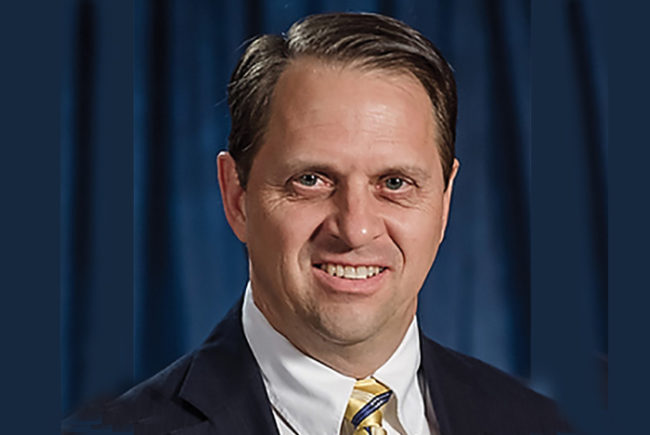As discussed in Part 1 of this column, which appeared in last month’s issue, keeping environmental services staff engaged is a necessary component of a successful continuing education program. Every department has its high performers, but many organizations fail to leverage the potential of standout employees beyond issuing daily tasks.
One way to maximize the potential of high performers is by entrusting them with educating their peers through a train-the-trainer program. Building up and training those high performers to be comfortable to present to their peers will give them confidence, and create an even greater asset for your department.
So how do you get there? Here are a few steps to follow:
-
Be present and see it in action. First, be present. Be visible. Know your staff, and gain their trust. Only by being visible will your staff trust you enough to be engaged. Second, make sure that you “train” all the time. Be on the floor, ask a lot of questions and see it in action. Ask questions about what was taught or reviewed. Make it comfortable and low key so they become accustomed to it and consider it a part of the everyday process. Your staff will begin to learn more by application, and it prepares them for questions that accreditation surveyors may ask.
-
Orchestrate everything. It is one thing to have staff who can speak about what they are learning, but it’s totally different when you ask them to apply what they have learned. So your team knows about RACE (rescue, alarm, contain, extinguish) and PASS (pull, aim, squeeze, sweep) fire safety procedures? That’s great. Now when on the floor, tell them to actually demonstrate it. Pretend a trash can is on fire and have them physically walk through all the phases.
We want them to learn things and be able to answer questions, but we also want them to actually apply that knowledge. It is not enough to teach and educate on safety. You have to train. Stay engaged in their learning and make it a constant expectation.
-
Set goals. Finally, hold everyone accountable. For example, if there is annual required training due by the end of November each year, there should be a metric in their annual review goals that reflects that expectation. Each person should be accountable for their success.
Ongoing education can feel overwhelming, but if you make it a standard part of your identification as a department, you will find that it becomes a much more manageable process. Be engaged, have a plan, train your trainers, train consistently, orchestrate everything and hold people accountable. Those are great pillars for an educational foundation.
Colby Morris is a CHESP-certified professional who spent the last 10 years in environmental services before moving into administration.
AHE INSIGHTS
Practice guidance available
Practice Guidance for Healthcare Environmental Cleaning, second edition, helps to define and advance the professionals responsible for care of the health care environment to ensure high-quality outcomes and healthy communities. This manual provides evidence-based research, guidance and recommended practices that should be considered for inclusion in health care environmental services departments. Because each facility has its own needs, this resource has been designed to enhance an existing program.
Certificate of Mastery in Infection Prevention
This certificate is a robust program that provides environmental services professionals with requisite knowledge to meet the Centers for Medicare & Medicaid Services' requirements for a trained professional in infection prevention and control specific to the clinical environment of care.
Certified Healthcare Environmental Services Technician Certificate
This certification focuses on critical areas of competency for front-line technicians, including infection prevention, quality of care, patient outcomes and experience.





